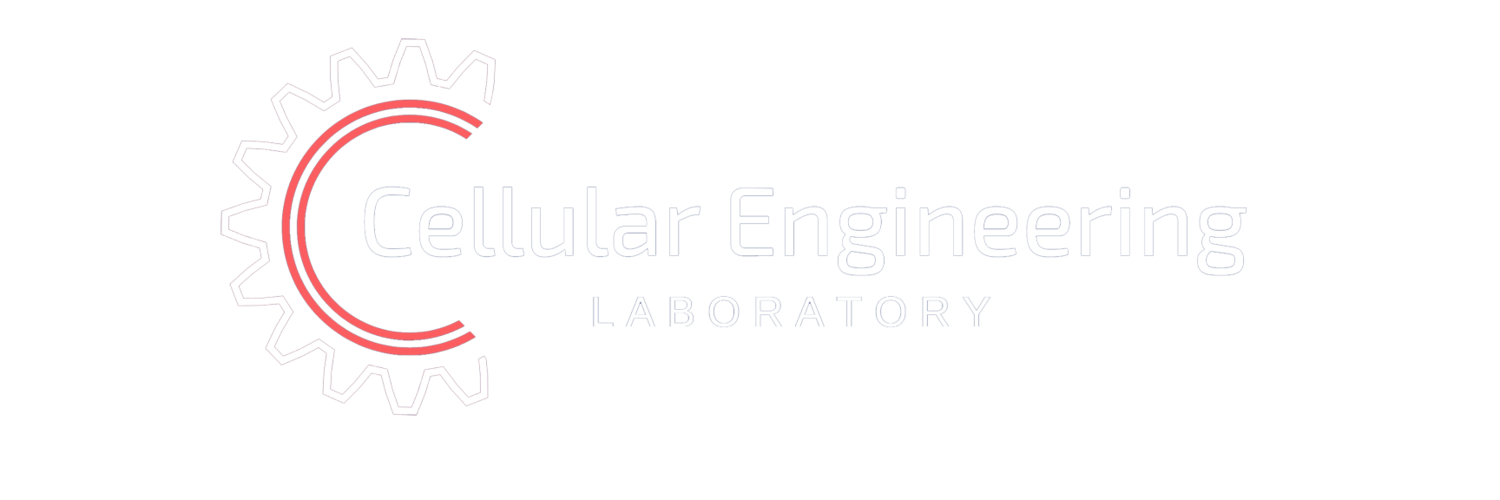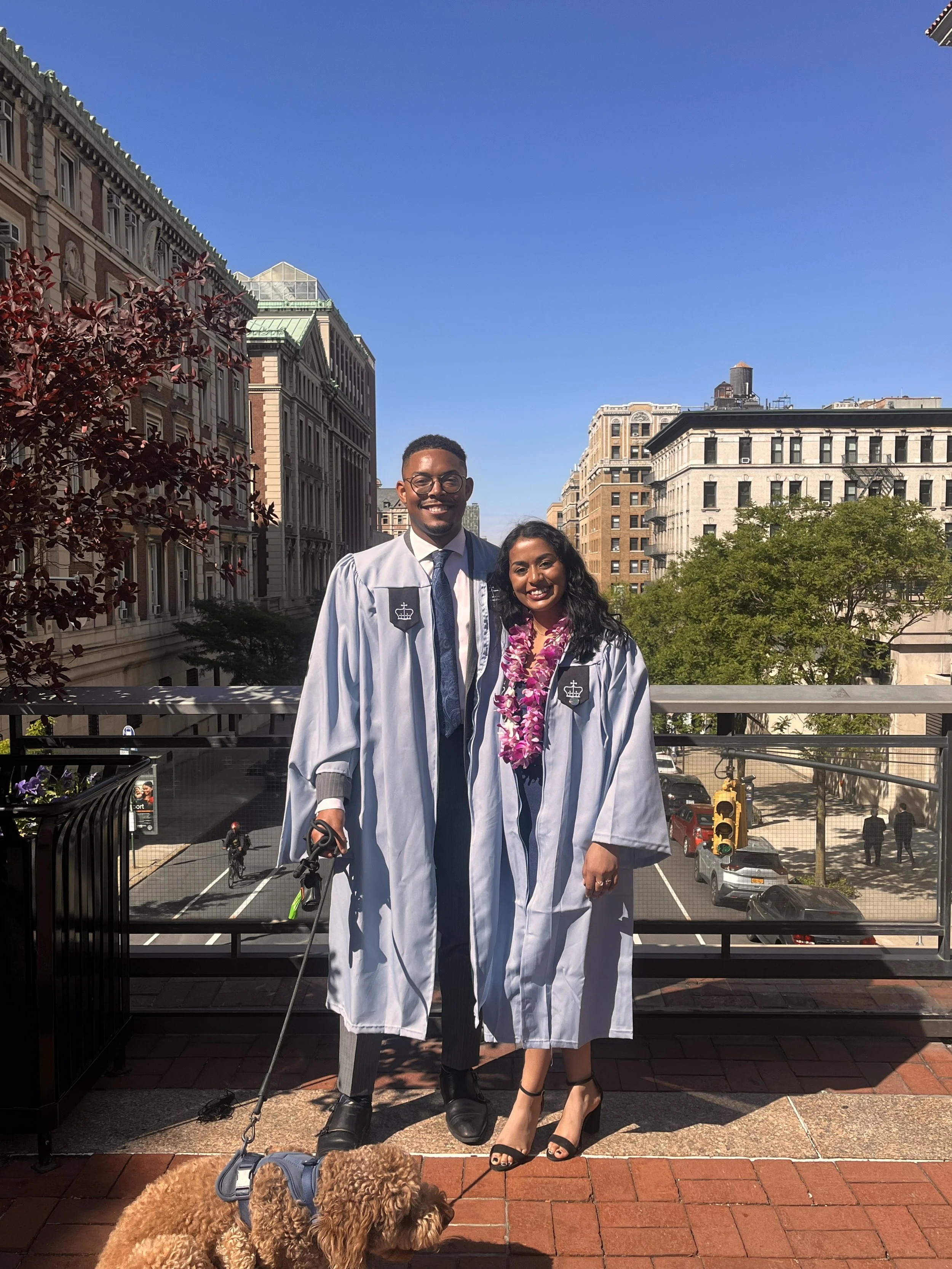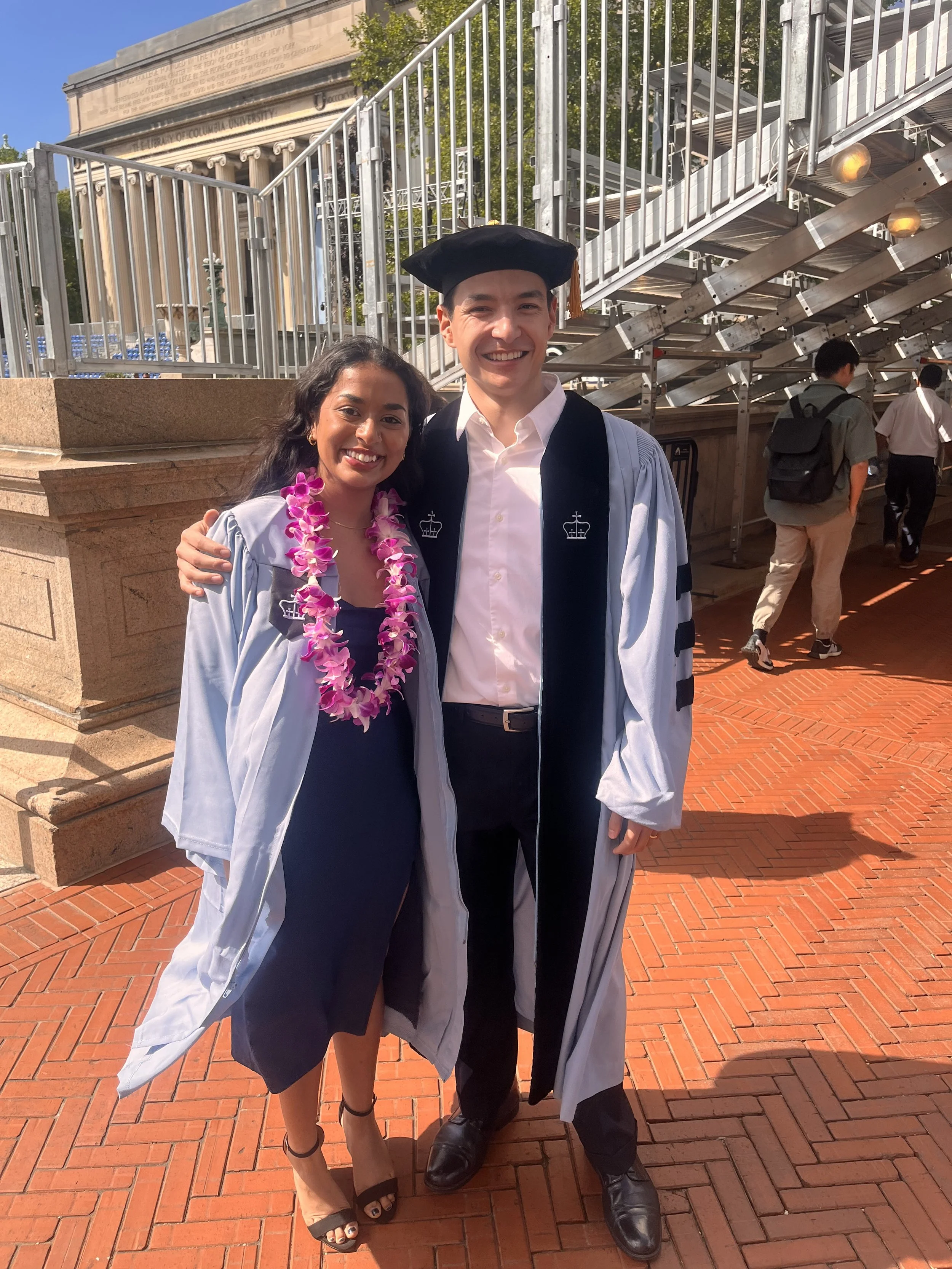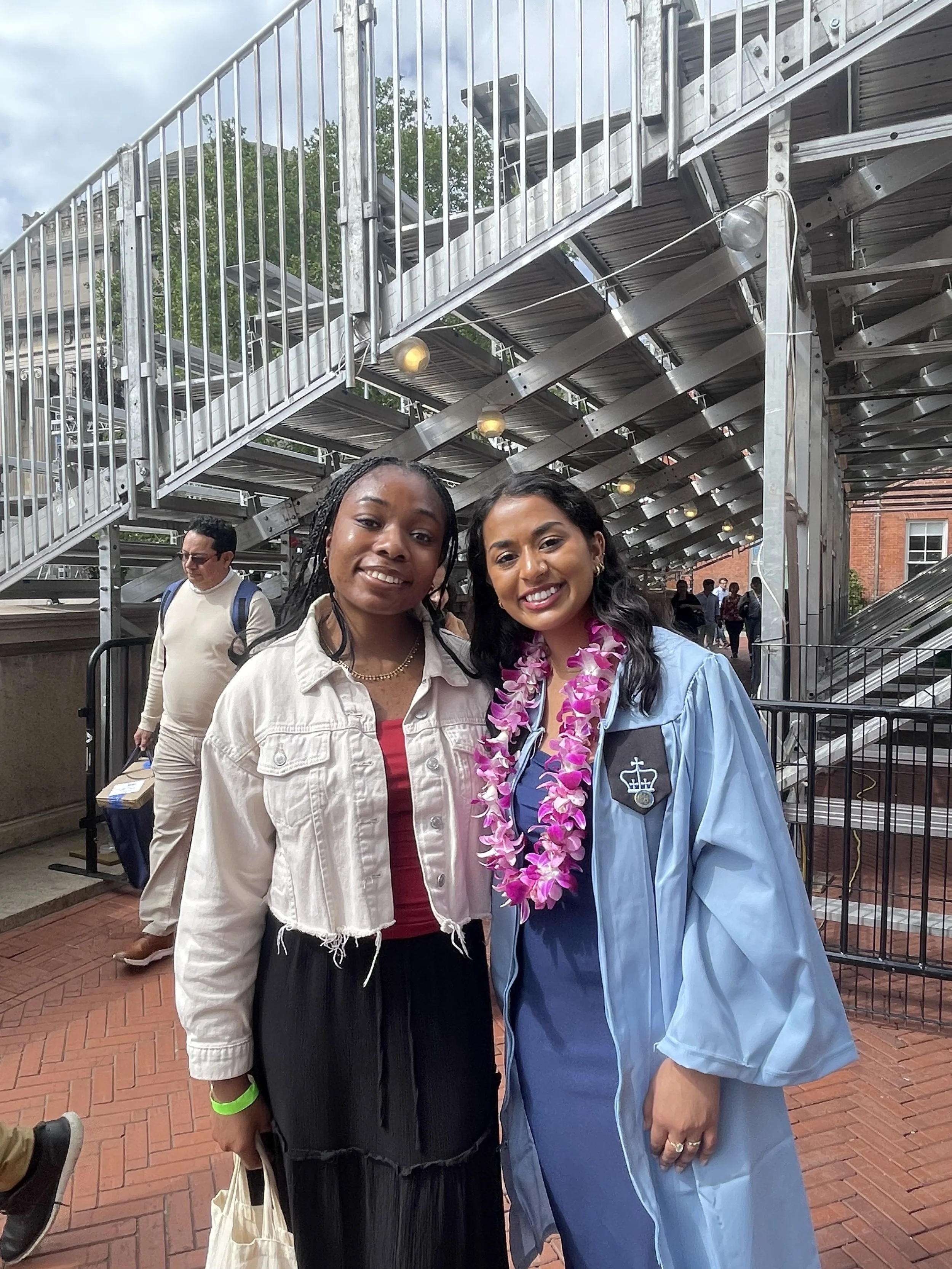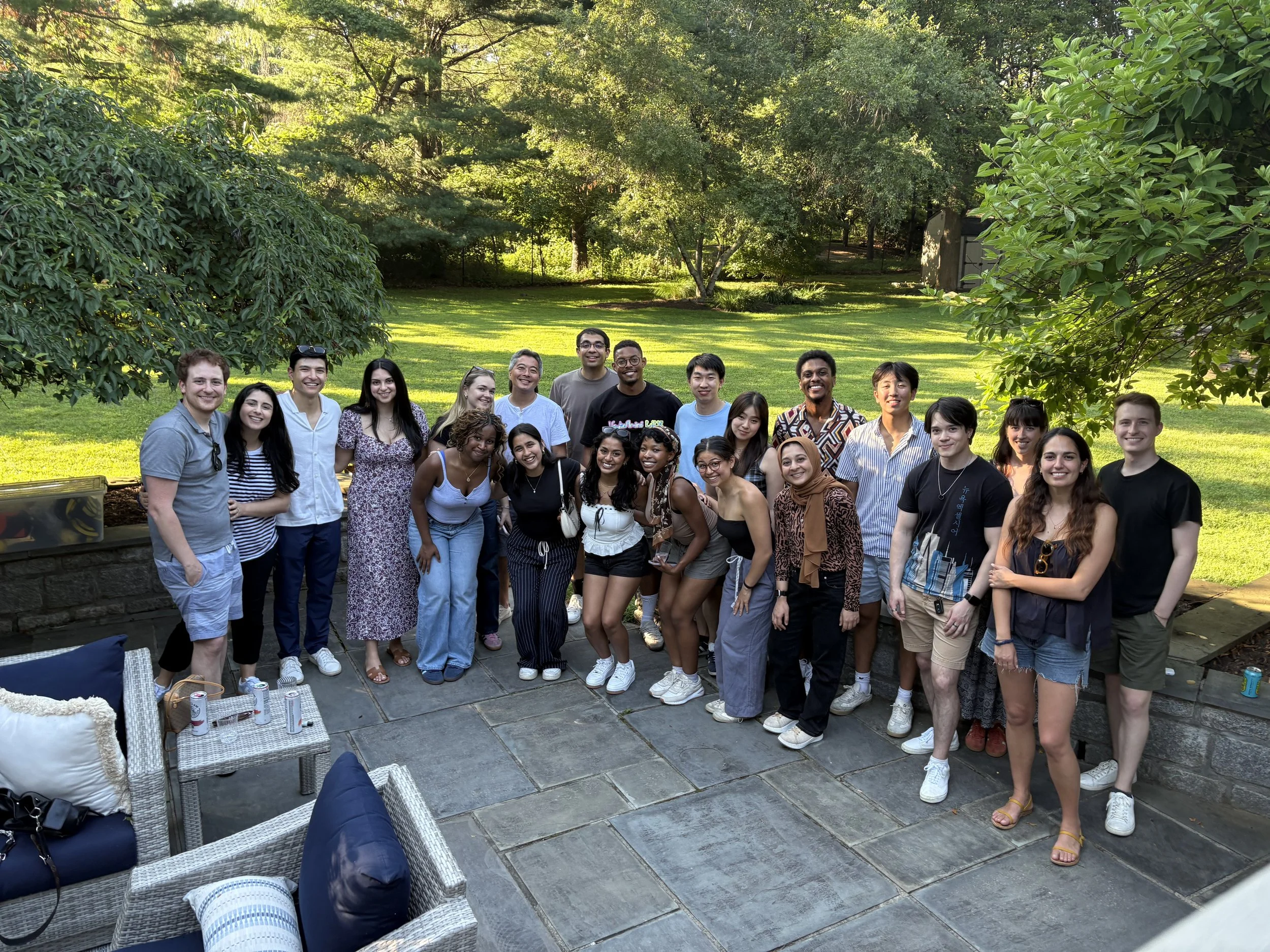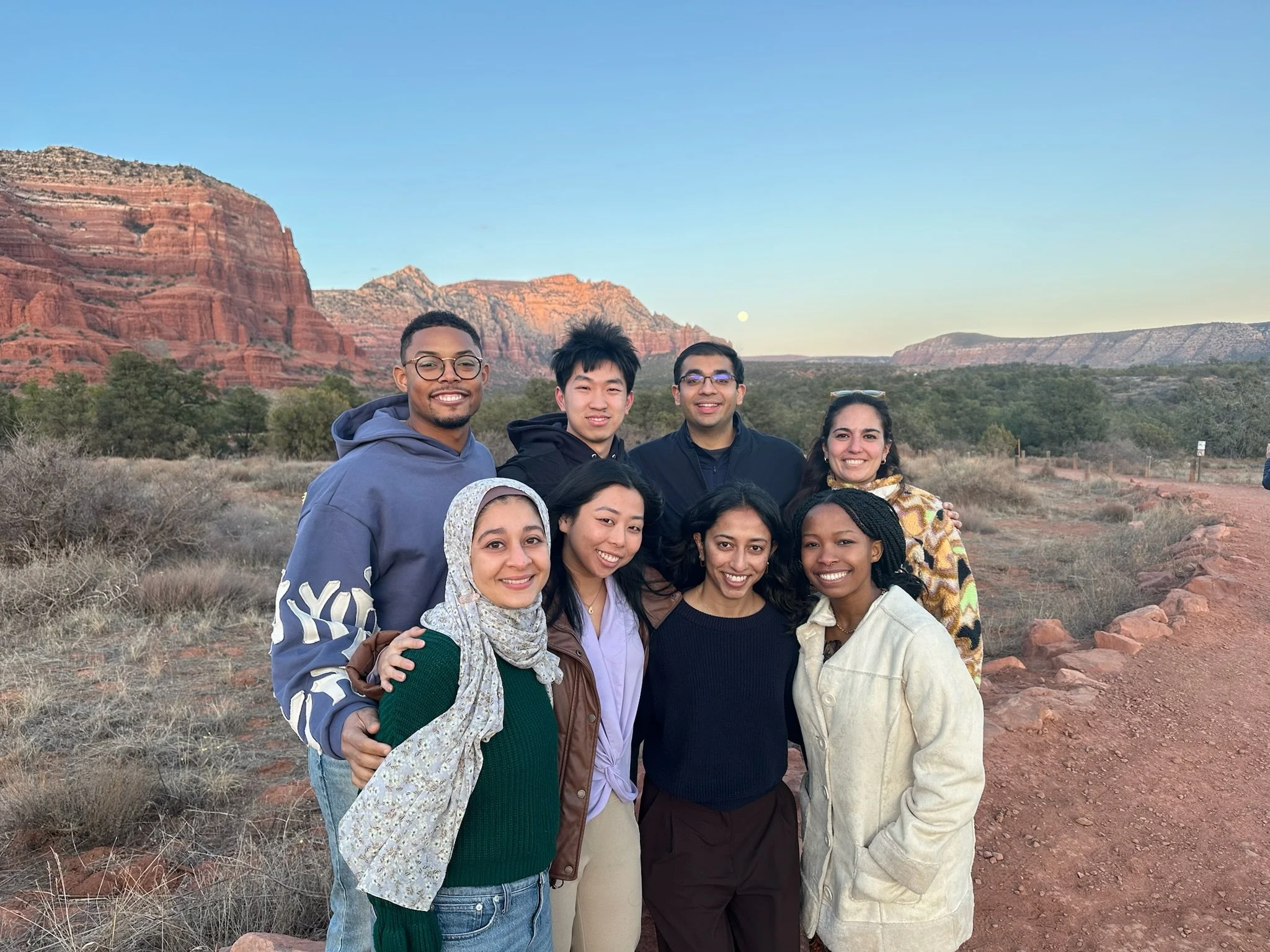Steven Robles Blasini completes the Columbia University-Amazon Summer Undergraduate Research Experience (SURE) Program. As a SURE fellow, Steven completed 10 weeks of research under the advisement of Dr. Clark Hung and graduate student Matthew Pellicore.
Steven joined CEL from the University of Florida. He is a rising senior majoring in Biomedical Engineering with a minor in Mass Communication. This summer, Steven’s project involved developing hydrogels from decellularized synovium and evaluating it’s effect on cell bevahior as a substrate and media supplement. His final poster, titled “Evaluating the Utility of Hydrogels and Solubilized Matrix Proteins Derived from Decellularized Synovial Membranes”, was presented at the SURE 2023 Summer Symposium on August 2, 2023. Steven’s project was awarded “Best Presentation” for Poster Session A.
SURE is an initiative that began in 2021 with generous support from Amazon. The program aims to provide a unique summer research experience for a cohort of students from historically underrepresented backgrounds in STEM. In addition to the completion of a research project, fellows attended programming, lectures, and workshops focused on career, professional, and research skills development. The summer 2023 cohort included 41 fellows.
Congratulations, Steven! Thank you for your hard work this summer!
